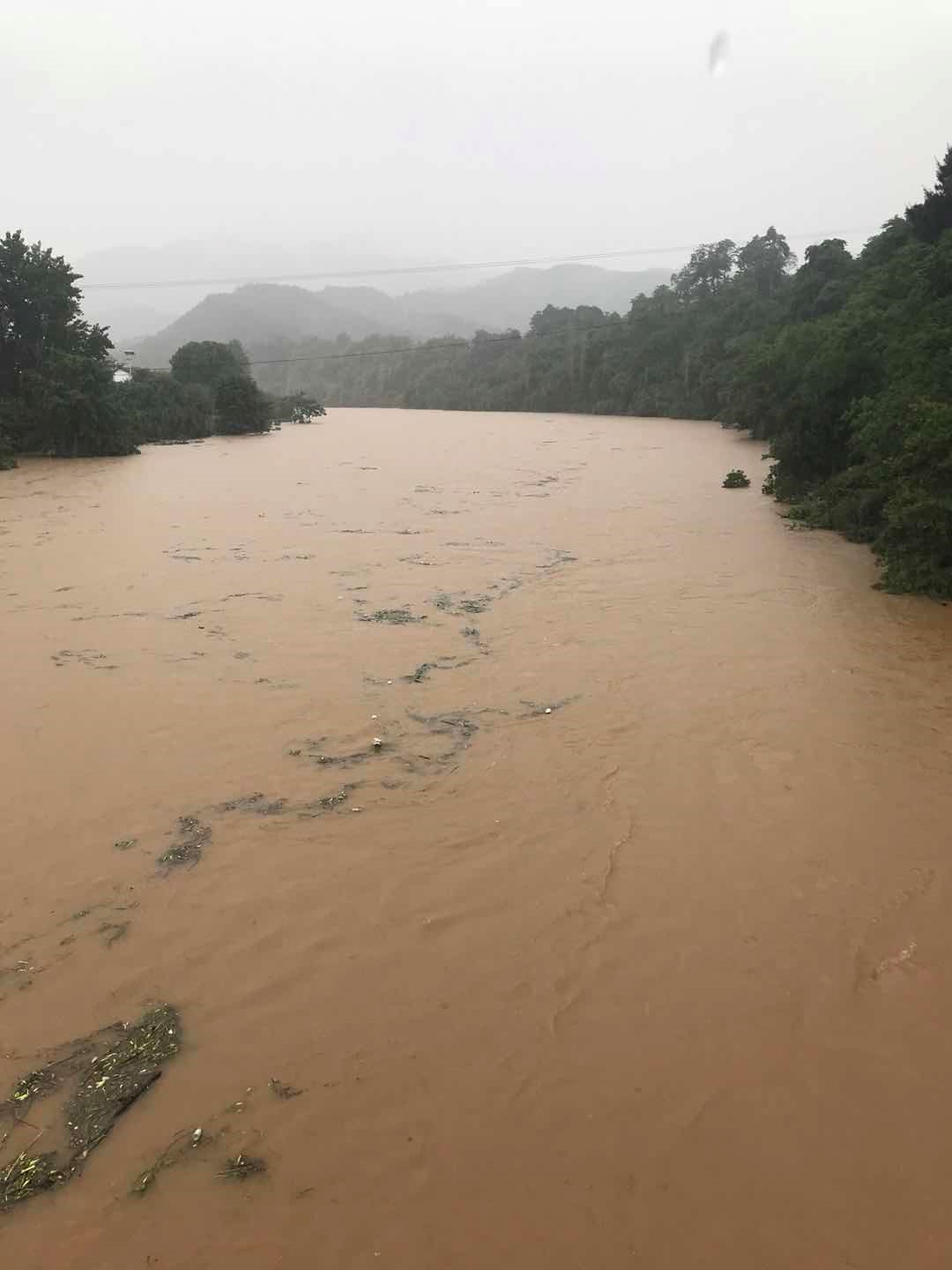Global warming is changing the Earth’s climate. Heat waves, heavy rainfall, droughts and floods occur frequently in different parts of the world. Under these circumstances, how regional rainfall changes is of great concern.
For eastern China, an important feature of its summer rainfall is the meridionally banded structure, fluctuating on interannual and interdecadal timescales. In addition to long-term trends, how these patterns may change under global warming has important implications for agricultural planning and water resources management over this densely populated area.
Recently, researchers from the Institute of Atmospheric Physics, Chinese Academy of Sciences, and the UK Met Office Hadley Centre, cooperated on this issue using the latest climate model from the Hadley Centre, HadGEM3-GC2. “An interesting finding of our study is the big difference in the responses of rainfall modes to increased CO2 forcing at different timescales”, says Dr. DUAN Yawen, the first author of this study.

Flooding in Anren, Hunan Province, China, 7th June 2018 (Image by DUAN Xinping).
By comparing the leading rainfall modes between an instantly quadrupled CO2 simulation (4×CO2) and the model’s pre-industrial control simulation, the study shows that, although the rainfall modes on interannual and interdecadal timescales are similar in this model’s internal variability, they respond very differently under 4×CO2 forcing. On interannual timescales, increased CO2 forcing does not change the spatial distribution of the dominant modes, but mainly affects their frequency. Specifically, in the 4×CO2 experiment, the dipole mode becomes more dominant. This might be due to an enhanced relationship between the dipole mode and ENSO events in the previous winter and through an increased role of the Indian Ocean under CO2 forcing. On interdecadal timescales, CO2 forcing plays a bigger role. Under 4×CO2, the first EOF looks very different from the control simulation, showing a dipole mode of more east–west contrast with enhanced influence from high latitudes.
This work was recently published in a special issue of Advances in Atmospheric Sciences based on the CSSP (Climate Science for Service Partnership China) project.
Reference
Duan, Y. W., P. L. Wu, X. L. Chen, and Z. G. Ma, 2018: Assessing global warming induced changes in summer rainfall variability over eastern China using the latest Hadley Centre climate model HadGEM3-GC2. Adv. Atmos. Sci., 35(8), 1077–1093. https://link.springer.com/article/10.1007/s00376-018-7264-x
Media Contact: LIN Zheng, jennylin@mail.iap.ac.cn
